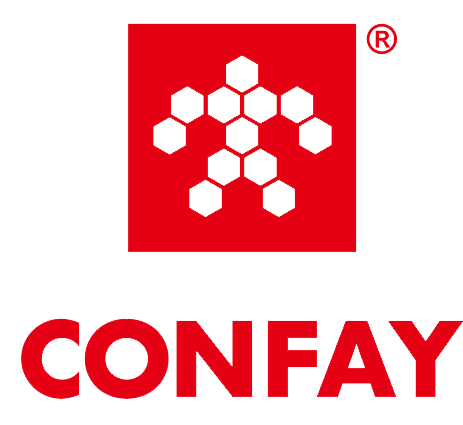From Traditional to Modern: The Industry Impact of PUR Reactive Hot Melt Adhesive
In the ever-evolving landscape of woodworking and manufacturing, the choice of adhesives plays a crucial role in determining product quality and production efficiency. Polyurethane Reactive hot melt adhesivehas emerged as a modern solution, gradually replacing traditional adhesives and transforming industry standards. This article explores the impact of PUR reactive hot melt adhesive on various sectors and its role in driving the transition from traditional to modern practices.
What is PUR Reactive Hot Melt Adhesive?
PUR reactive hot melt adhesive is a unique adhesive that combines the quick-setting properties of traditional hot melts with the durability and flexibility of polyurethane. When exposed to moisture, PUR adhesives undergo a chemical reaction, forming strong, long-lasting bonds. This quality makes them particularly effective in applications such as woodworking and furniture manufacturing.

The Impact of PUR Reactive Hot Melt Adhesive on the Industry
1. Enhanced Bonding Quality
One of the most significant advantages of PUR adhesives is their exceptional bonding strength. Unlike traditional adhesives, PUR adhesives create robust bonds that can withstand higher pressures and environmental changes. This leads to increased durability for furniture and wooden products, reducing the costs associated with repairs and replacements.
2. Improved Production Efficiency
The fast-setting nature of PUR reactive hot melt adhesive dramatically shortens production cycles. Manufacturers can complete projects more quickly, boosting overall efficiency. In a competitive market, faster delivery times enhance customer satisfaction and loyalty.
3. Versatility in Material Compatibility
PUR glue are compatible with a wide range of materials, including various types of wood, plastics, and metals. This versatility allows manufacturers to use a single adhesive across multiple products, simplifying inventory management and reducing costs.
4. Eco-Friendly Features
As environmental awareness grows, many PUR reactive hot melt adhesives comply with eco-friendly standards, featuring low volatile organic compound (VOC) emissions. This reduces environmental impact and makes PUR adhesives an attractive choice for companies aiming for sustainability.
5. Reduced Waste and Cost-Effectiveness
PUR adhesives typically require thinner application layers compared to traditional adhesives, resulting in less waste. This efficient use of materials not only lowers production costs but also has a positive impact on environmental sustainability.
Applications of PUR Reactive Hot Melt Adhesive
PUR reactive hot melt adhesive is widely utilized across various industries:
Woodworking: Ideal for furniture, cabinetry, and flooring, providing strong, lasting bonds.
Automotive: Used for bonding interior components that require flexibility and durability.
Packaging: Effective for sealing and assembling packaging materials, ensuring product safety during transport.
Electronics: Offers reliable adhesion for electronic components, where precision and strength are crucial.
Conclusion
In summary, PUR reactive hot melt adhesive is driving a significant shift from traditional to modern practices in the woodworking and manufacturing industries. Its superior bonding quality, enhanced production efficiency, versatility, and eco-friendly characteristics make it an indispensable tool for contemporary manufacturing processes. As the demand for high-performance adhesives continues to grow, the application of PUR adhesives is set to expand even further.
For more information on how PUR reactive hot melt adhesive can benefit your operations, please feel free to CONTACT US Confay adhesive for expert advice and support. Embrace the future of profile wrapping with innovative adhesive solutions!

